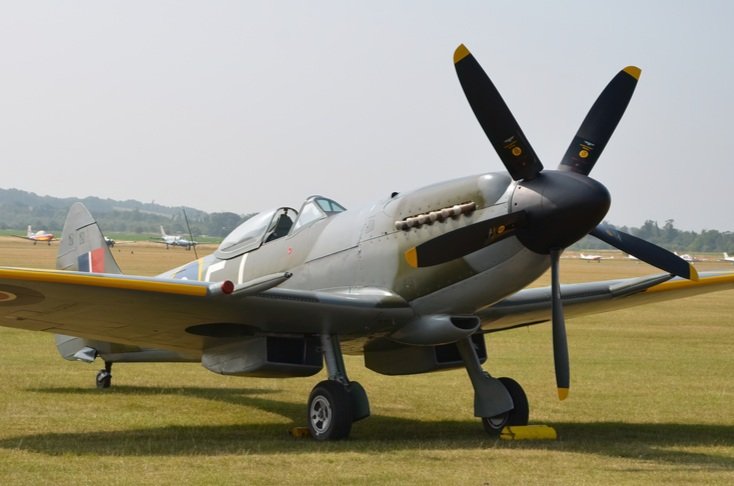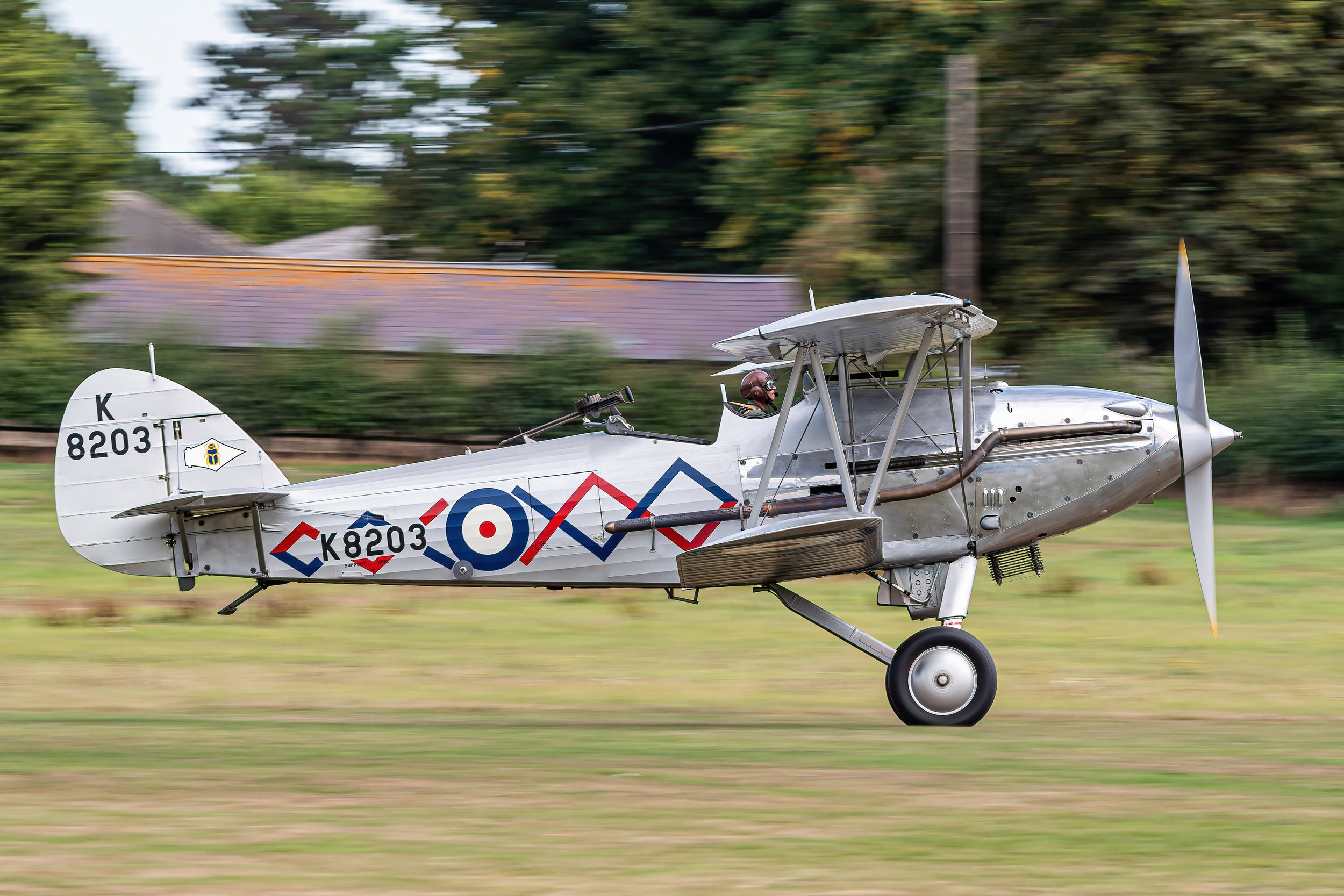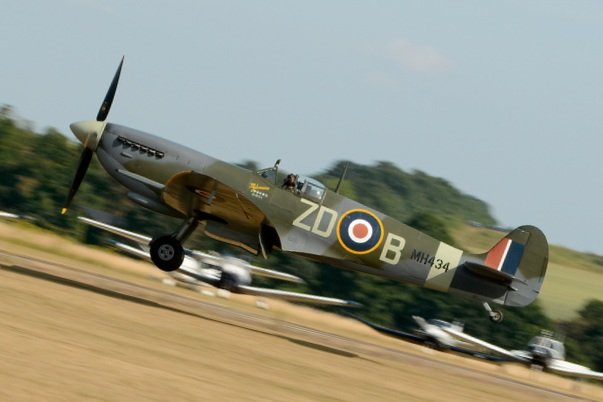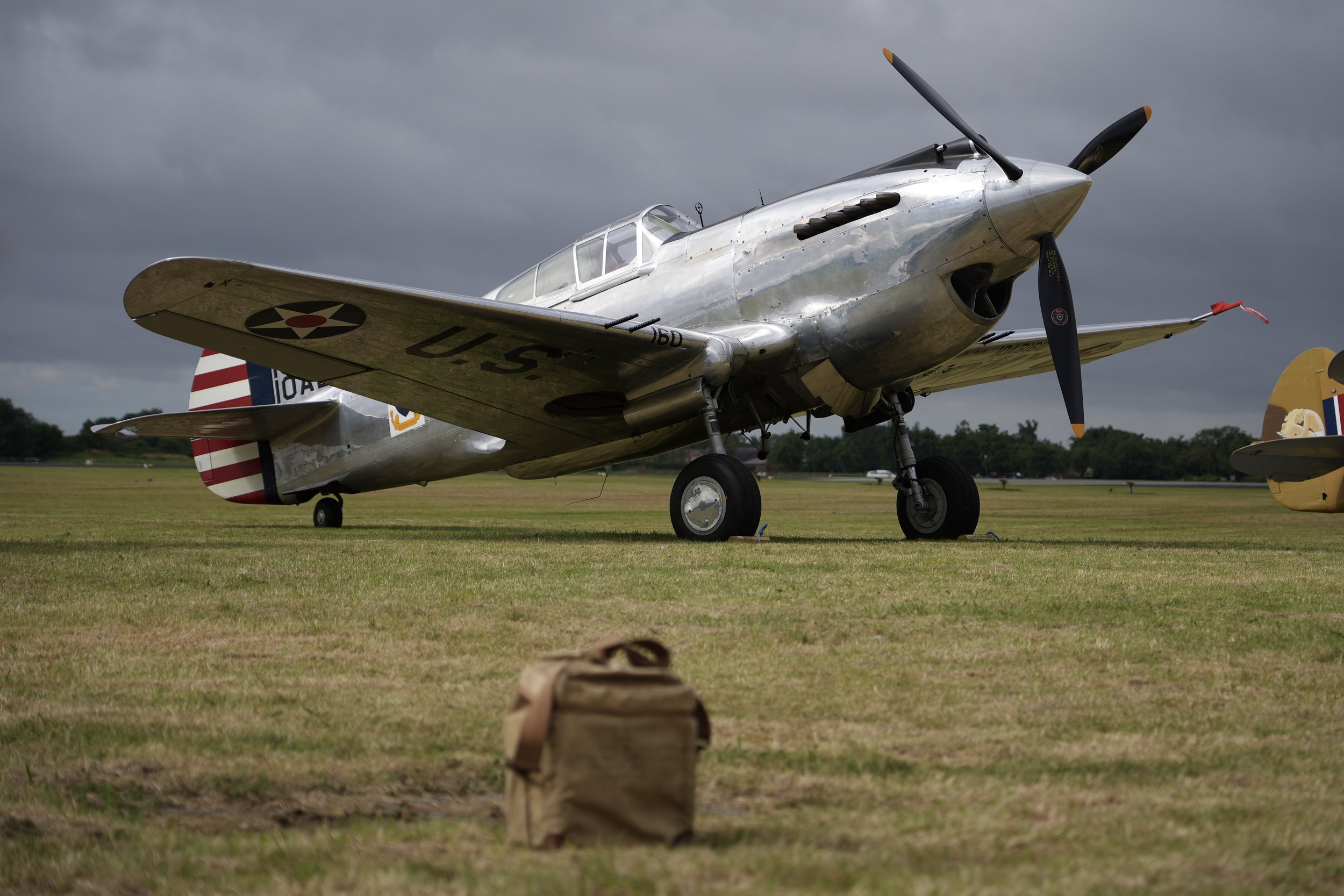BBMF DC-3
Year built
1942
Aircraft
Dakota III
Base
RAF Coningsby
Built in 1942, as a C-47A-60-DL ‘Skytrain’, by Douglas at its facility at Long Beach, California, the BBMF Dakota served with the Royal Canadian Air Force (RCAF), in Canada, during World War Two. Having been purchased from the Canadians by the Royal Aircraft Establishment in 1969, the Dakota was initially given the RAF serial KG661, based on its RCAF serial number ‘661’. In the late 1970s, it was realised that the serial KG661 had, in fact, belonged to another Dakota which had crashed and been written off. In July 1979 KG661 was therefore given a new RAF serial, ZA947, which explains why the BBMF Dakota wears a relatively ‘modern’ serial that falls between a batch of Puma helicopters and a Westland Lynx!
| Back to Top |
Douglas DC-3
The Douglas DC-3 was a revolutionary propeller-driven airliner that significantly impacted the airline industry during the 1930s and 1940s, as well as during World War II. It was developed by the Douglas Aircraft Company as an improved version of the Douglas DC-2, with a larger and more comfortable 14-bed sleeper, which helped to set a new standard in air travel.
The aircraft is a low-wing metal monoplane with conventional landing gear, powered by two radial piston engines that produce 1,000-1,200 hp (750-890 kW). Although most DC-3s that are still flying today use Pratt & Whitney R-1830 Twin Wasp engines, many of the planes originally built for civil service were equipped with the Wright R-1820 Cyclone engine. This engine was less powerful than the Twin Wasp, but it was more economical and reliable.
The DC-3 was a notable improvement in many ways compared to previous aircraft. It was faster, more reliable, and had a longer range, providing passengers with greater comfort. Prior to the war, it pioneered many air travel routes and was capable of crossing the continental US from New York to Los Angeles in just 18 hours with only three stops. Additionally, it was one of the first airliners to efficiently carry only passengers without relying on mail subsidies.
During the war, the DC-3 played a vital role as a military transport aircraft. It was used extensively by the United States Army Air Forces (USAAF) and the Royal Air Force (RAF) for a wide range of missions, including paratroop drops, aerial resupply, and medical evacuation. Military versions of the DC-3, including the C-47 Skytrain (known as the Dakota in British RAF service), as well as Soviet- and Japanese-built versions, brought total production to over 16,000.
Following the war, the market was flooded with surplus transport aircraft, and the DC-3 was no longer competitive due to its size and speed. It was replaced on main routes by more advanced types, such as the Douglas DC-4 and Lockheed Constellation, but the design proved to be adaptable and useful on less glamorous routes. Many DC-3s were converted into cargo planes, and some were modified for use as executive transports and aerial survey platforms.
Civil DC-3 production was discontinued in 1942, with a total of 607 aircraft produced. However, the DC-3 continued to serve in a variety of roles in many countries around the world. Even today, many DC-3s continue to fly in a variety of niche roles, with an estimated 2,000 still in operation in 2013 and over 300 still in service as of 2017. The aircraft's durability, versatility, and reliability make it a popular choice for operators who require a dependable workhorse that can operate from short runways in remote locations.
| Back to Top |








| Back to Top |

































